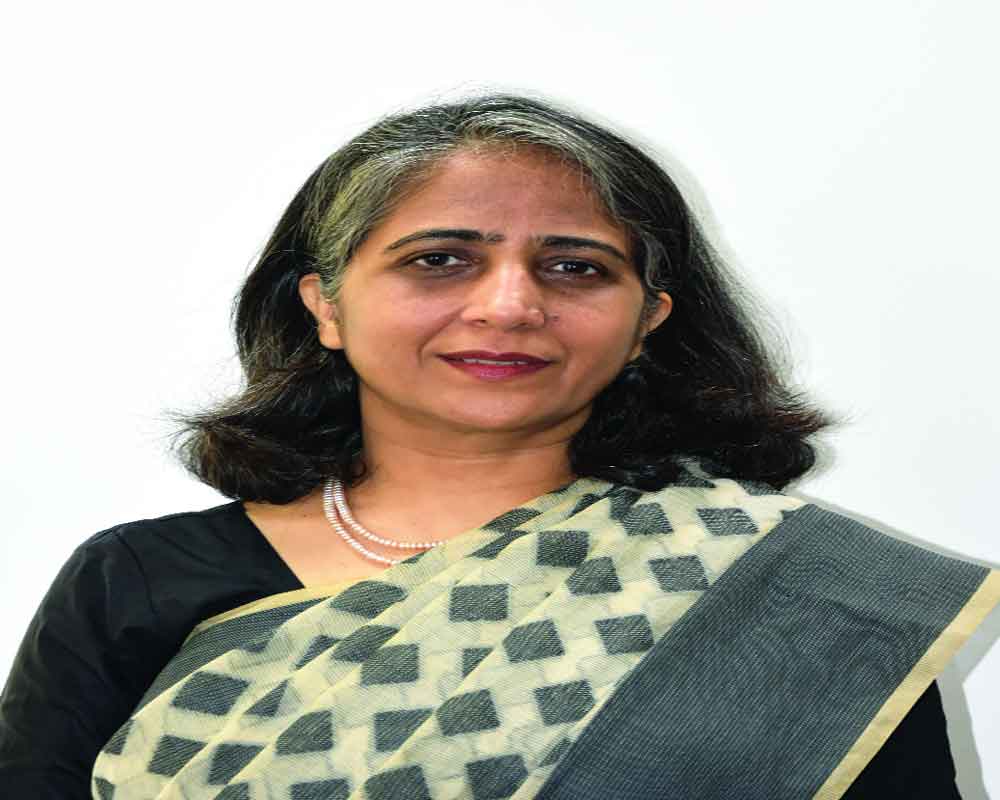"Act now. Act together. Invest in Neglected Tropical Diseases," is the theme of this year’s World Neglected Tropical Diseases (NTDs) Day being obDr Kavita Singh,Director, South Asia, Drugs for Neglected Diseases initiativeserved on January 30. The Day is also marked as World Leprosy Day. NTDs is an umbrella term that refers to 20 medically diverse, communicable diseases. India is home to the world’s largest absolute burden of at least 11 major NTDs viz. Ascariasis, Hookworm, Trichuriasis, Dengue, Lymphatic filariasis, Trachoma, Cysticercosis, Leprosy, Cystic echinococcosis, Visceral leishmaniasis or Kala-azar and Rabies. Dr Kavita Singh Director, South Asia, Drugs for Neglected Diseases initiative (DNDi) writes for THE HEALTH PIONEER, exclusively focusing on status and elimination progress in Kala-azar mostly impacting a large number of poor in the country but often overlooked by policymakers, and so a few resources are made available to address them.
Earlier this month, Union Health Minister, Dr Mansukh Mandaviya shared that Kala-azar (also known as Visceral leishmaniasis, VL)cases in India fell to 834 in 2022 from 44,533 in 2007 — a 98.7 per cent decline. India renewed its commitment of eliminating Kala azar from the country by the end of 2023. VL is an ultimately fatal disease if not treated.
Early and effective treatment has been one of the pillars of the National Kala Azar Elimination Program of India. It is important to remember that in the past we had toxic, long and painful treatments for kala azar patients. The long treatment duration often led to non-compliance and possible emergence of resistance .To provide simpler treatments it was important to provide evidence-based recommendations for policy makers. Therefore a prospective, multicentre study was conducted by Drugs for Neglected Diseases initiative and its partners NCVBDC, ICMR-RMRI, KAMRC, State Health Society Bihar and MSF in the public sector from 2012-2015.
The Government adopted a single dose treatment with Liposomal Amphotericin B which revolutionised the kala azar treatment and helped bring the number down consistently since 2014.
While we celebrate this milestone, it is important to sustain the momentum towards kala azar elimination. It is important we recognise the contribution made by each and every one who worked towards reaching the last mile of elimination including the policy makers who gave strategic directions to doctors, nurses, ASHAs, vector control officials and the contribution of intersectoral ministries.
Research conducted by the DNDi in India has shown that post-kala-azar dermal leishmaniasis, a skin condition that occurs in 3-5% of treated visceral leishmaniasis patients may be an important reservoir for transmission, as are patients co-infected with HIV and the relapse VL cases. Existing diagnostics & treatments are not optimal for these patients, reminding us that still more need to be done for sustaining progress towards elimination. An outlook of fostering continual innovation of diagnostics and treatment is critical to meet the changing demands of disease elimination programmes.
In fact, Neglected tropical diseases (NTDs) continue to pose significant health burdens on some of the most disadvantaged communities in our country. The task is to have a unifying theme of innovation in diagnostics, treatment, and prevention of NTDs to create solutions that are effective, relevant, locally feasible, and sustainable.
DNDi is continuing to find affordable, safe and easy treatment that will help sustain the elimination and feel an oral drug is the only way to sustain the elimination. We are continuing drug development of a new oral molecule, for VL which is presently in a phase 2 clinical trial . When we develop drugs for such diseases, it is challenging to interest pharma companies and partners wherein affordability and availability in developing nations are the end goals. Therefore, our efforts have been towards open science, partnering with research institutes taking in-kind support of pharma companies and seeking funding from various sources. So it's a very unique model of doing drug R&D. With our frugal drug discovery and development model we have been successful in engaging Indian and International Pharma companies to be the market authorization holders in the last two decades.
The National Center for Vector Borne Diseases Control includes some of these diseases which are caused by mosquitoes or sandflies, while the Ministry of Health has additional programs focused on leprosy and soil transmitted helminthiasis. The National Center for Vector Borne Disease Control presently has a kala-azar and lymphatic filariasis (LF), both are on the elimination radar of the government, with VL being 2023 and LF being 2030. So there's a lot of implementation happening with a lot of Government and also international support. .However, we need to remember that when a disease goes through a distinct programmatic phase, the requirement of the tools, whether it's a diagnostic or treatment tool, keeps changing. So investment s for these resources is the wish list of people who work in this space as we move towards sustaining elimination of VL.
As we progress, it is important to focus on optimal drugs and diagnostics that can help sustain the disease out of bay and are futuristic. As the number of cases go down, health professionals will be out of practice and so would be the availability of drugs at Primary Health care Centers. Looking into these aspects, DNDi is developing Centres of Excellence in two districts of Bihar for the management of complicated c leishmaniasis cases where we are training the health professionals in complicated diagnostic procedures and treatment regimens.
Continued vigilance will be required to sustain the gains achieved through kala-azar elimination efforts. Investing in the development of new drugs as well as diagnostics are important areas. Innovative vector control and surveillance strategies and intersectoral ministries continued contribution is crucial to sustain the elimination phase. This will also necessitate proportionate investments in research and development for new tools, training of health workers, and housing infrastructure, continued WASH advancement and quality of primary care. Commitment to eliminating the scourge of kala-azar must continue.


























